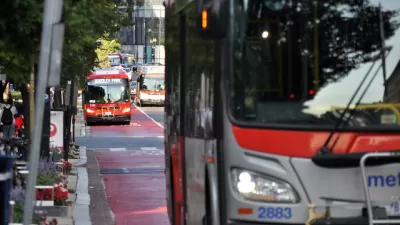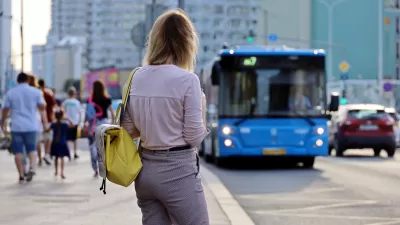An analysis of Clayton County, Georgia, which lost access to public transit for five years, shows a significant increase in unemployment rates and poverty during that timeframe.
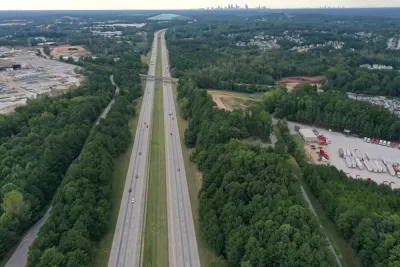
A new study from Clayton County, Georgia links a rise in unemployment and poverty to transit cuts, according to an article by Jared Brey in Governing. “The study’s findings support the ‘spatial mismatch’ theory, which holds that poor transit access leads to fewer job opportunities and lower incomes for residents.”
The study analyzed poverty and unemployment rates in the county during five years between 2010 and 2015 when the county had no bus service connecting it to Atlanta, making transit-dependent Clayton County residents unable to reach the city. “In the half-decade interim, the county endured “substantial increases in poverty and unemployment rates” which are explained by the loss of bus access, according to new research published last month in the journal Urban Studies.”
“In general, there’s strong evidence from a variety of research fields that transit access supports good economic outcomes, and that cuts to transit service are economically harmful,” but this study in particular provided a “rare opportunity” for a natural experiment. “It’s often hard to isolate the economic effects of certain events, like the pandemic or natural disasters, because they happen over large areas and affect lots of communities in the same way. But in the case of Clayton County, the researchers were able to compare census tracts that initially had bus access and then lost it with demographically similar tracts that weren’t affected by the cuts.”
FULL STORY: New Evidence Links Transit Cuts With Poverty and Unemployment

Study: Maui’s Plan to Convert Vacation Rentals to Long-Term Housing Could Cause Nearly $1 Billion Economic Loss
The plan would reduce visitor accommodation by 25,% resulting in 1,900 jobs lost.
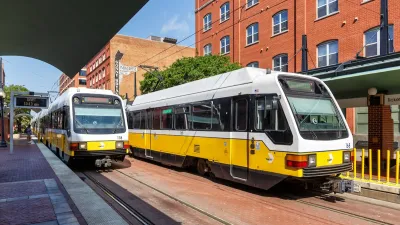
North Texas Transit Leaders Tout Benefits of TOD for Growing Region
At a summit focused on transit-oriented development, policymakers discussed how North Texas’ expanded light rail system can serve as a tool for economic growth.

Why Should We Subsidize Public Transportation?
Many public transit agencies face financial stress due to rising costs, declining fare revenue, and declining subsidies. Transit advocates must provide a strong business case for increasing public transit funding.
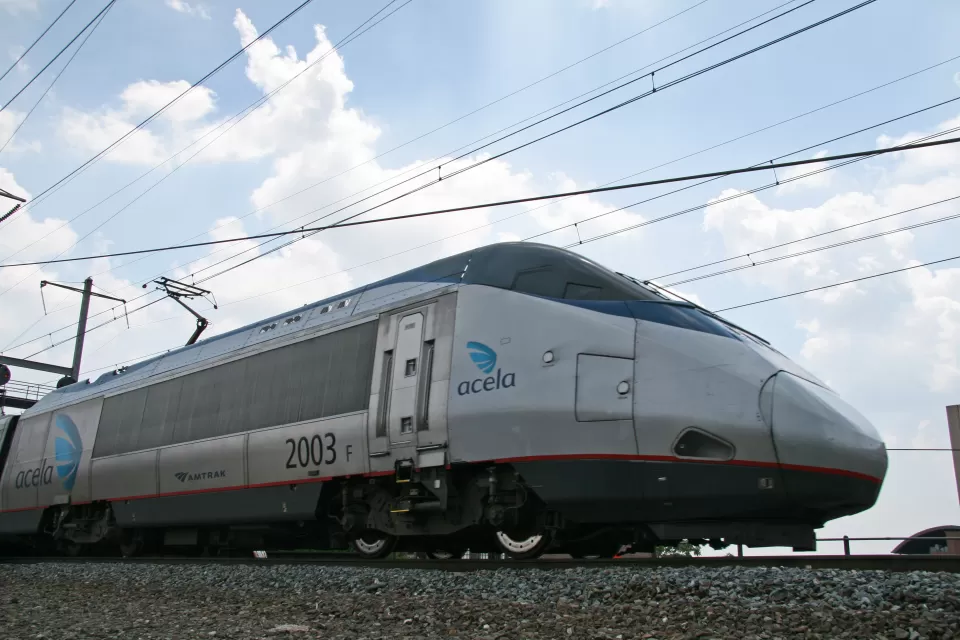
How to Make US Trains Faster
Changes to boarding platforms and a switch to electric trains could improve U.S. passenger rail service without the added cost of high-speed rail.

Columbia’s Revitalized ‘Loop’ Is a Hub for Local Entrepreneurs
A focus on small businesses is helping a commercial corridor in Columbia, Missouri thrive.

Invasive Insect Threatens Minnesota’s Ash Forests
The Emerald Ash Borer is a rapidly spreading invasive pest threatening Minnesota’s ash trees, and homeowners are encouraged to plant diverse replacement species, avoid moving ash firewood, and monitor for signs of infestation.
Urban Design for Planners 1: Software Tools
This six-course series explores essential urban design concepts using open source software and equips planners with the tools they need to participate fully in the urban design process.
Planning for Universal Design
Learn the tools for implementing Universal Design in planning regulations.
Ascent Environmental
Borough of Carlisle
Institute for Housing and Urban Development Studies (IHS)
City of Grandview
Harvard GSD Executive Education
Toledo-Lucas County Plan Commissions
Salt Lake City
NYU Wagner Graduate School of Public Service



























